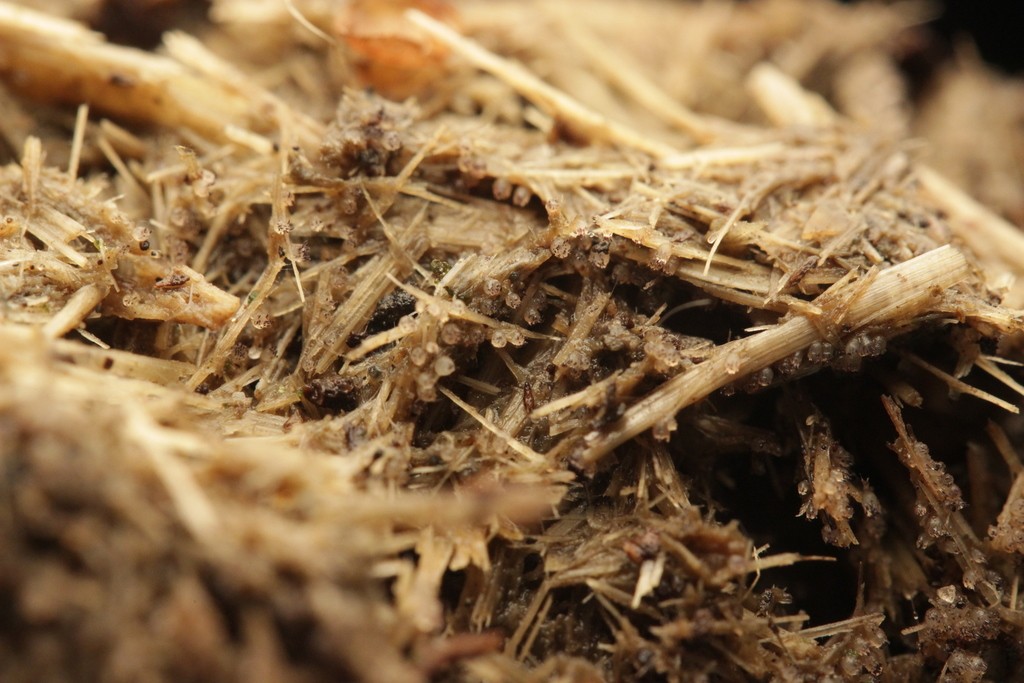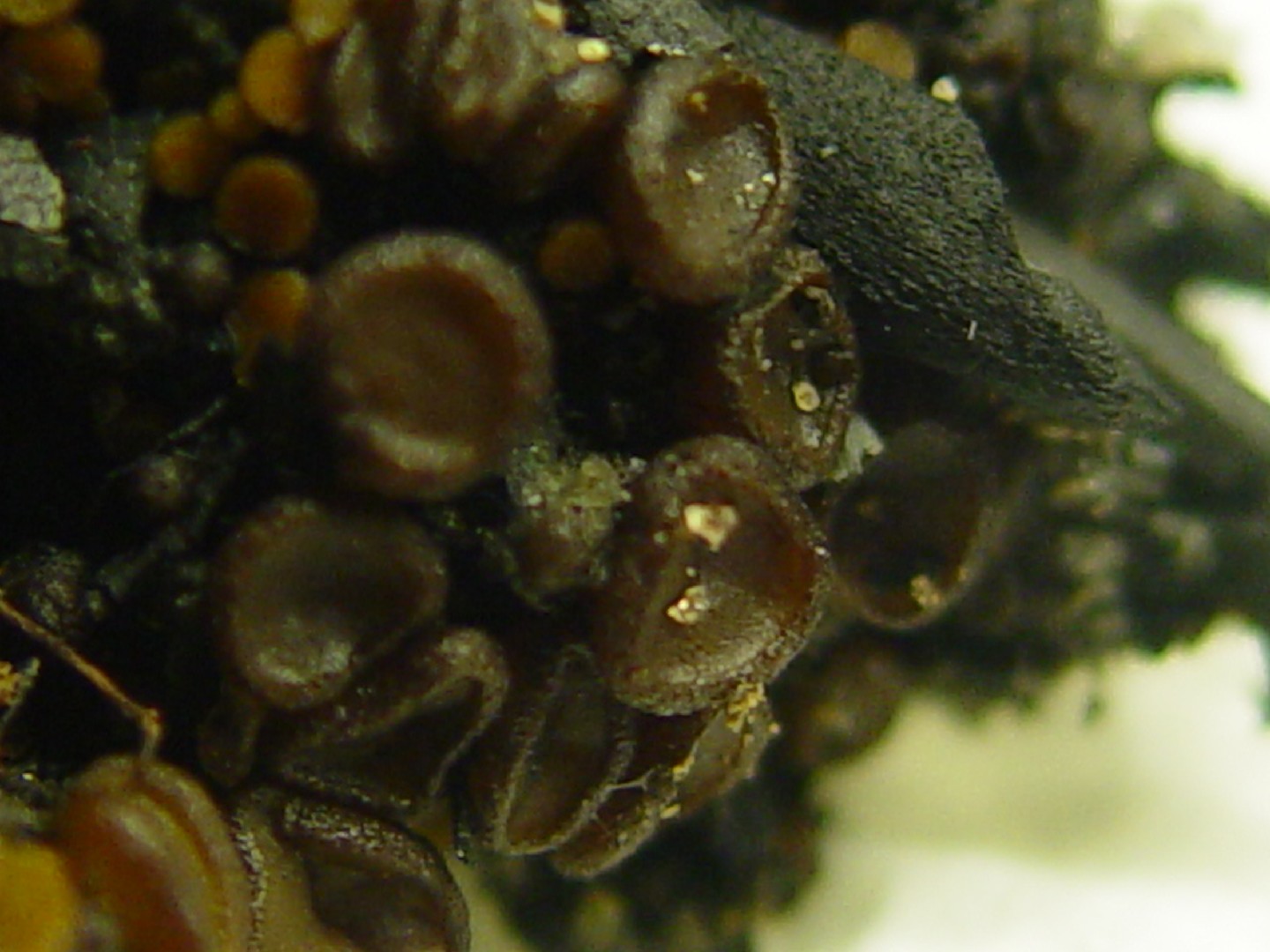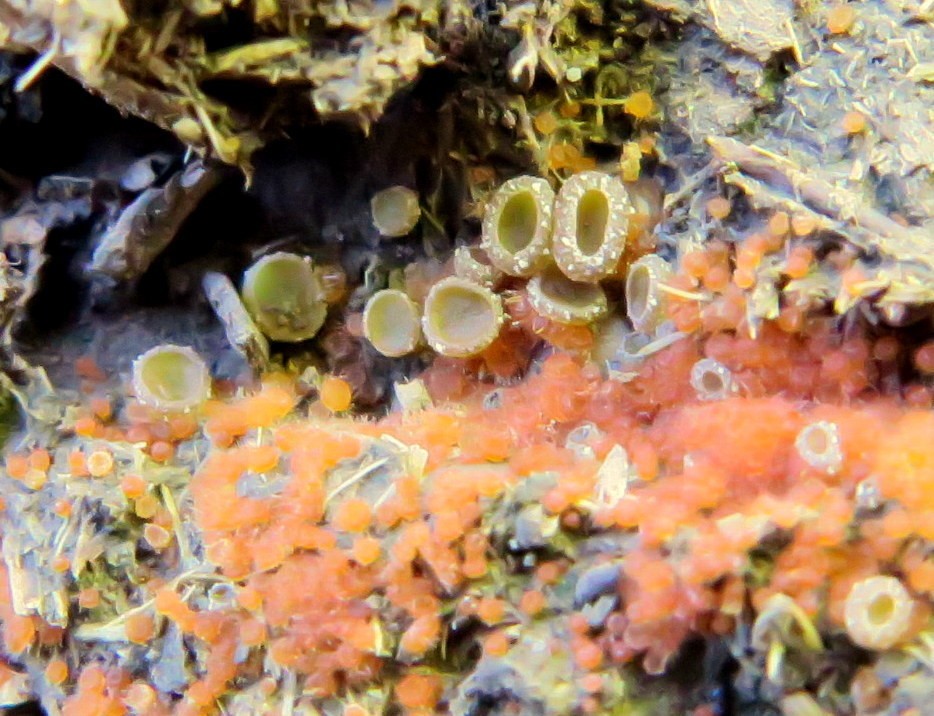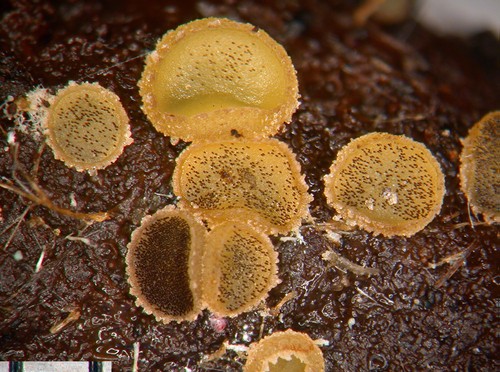Ascobolus
Scientific name: Ascobolus
Ascobolus
Scientific name: Ascobolus
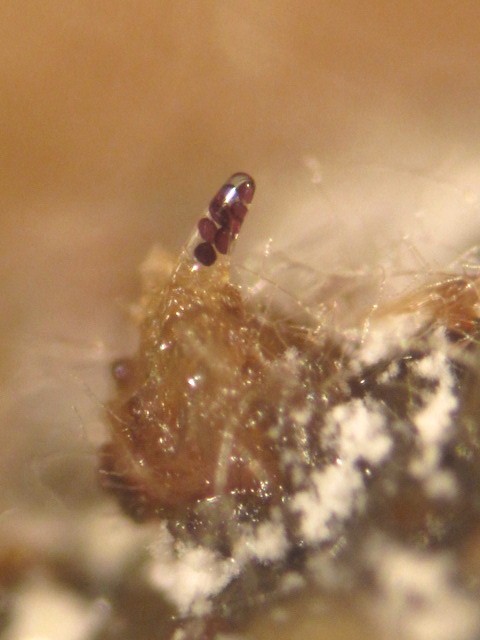 Photo By Jason Karakehian (Jason Karakehian) , used under CC-BY-SA-3.0 /Cropped and compressed from original
Photo By Jason Karakehian (Jason Karakehian) , used under CC-BY-SA-3.0 /Cropped and compressed from original Description
Ascobolus is a fascinating group known for its unique ability to thrive on decomposed materials, especially herbivore dung. These organisms often have brightly colored spore-producing structures, making them visually striking under the microscope. A notable feature of ascobolus is its capacity to eject spores forcibly, spreading them efficiently in the environment. This adaptation aids in their role in nutrient recycling and soil enrichment.
Species of Ascobolus

 Photo By Jason Karakehian (Jason Karakehian) , used under CC-BY-SA-3.0 /Cropped and compressed from original
Photo By Jason Karakehian (Jason Karakehian) , used under CC-BY-SA-3.0 /Cropped and compressed from original 